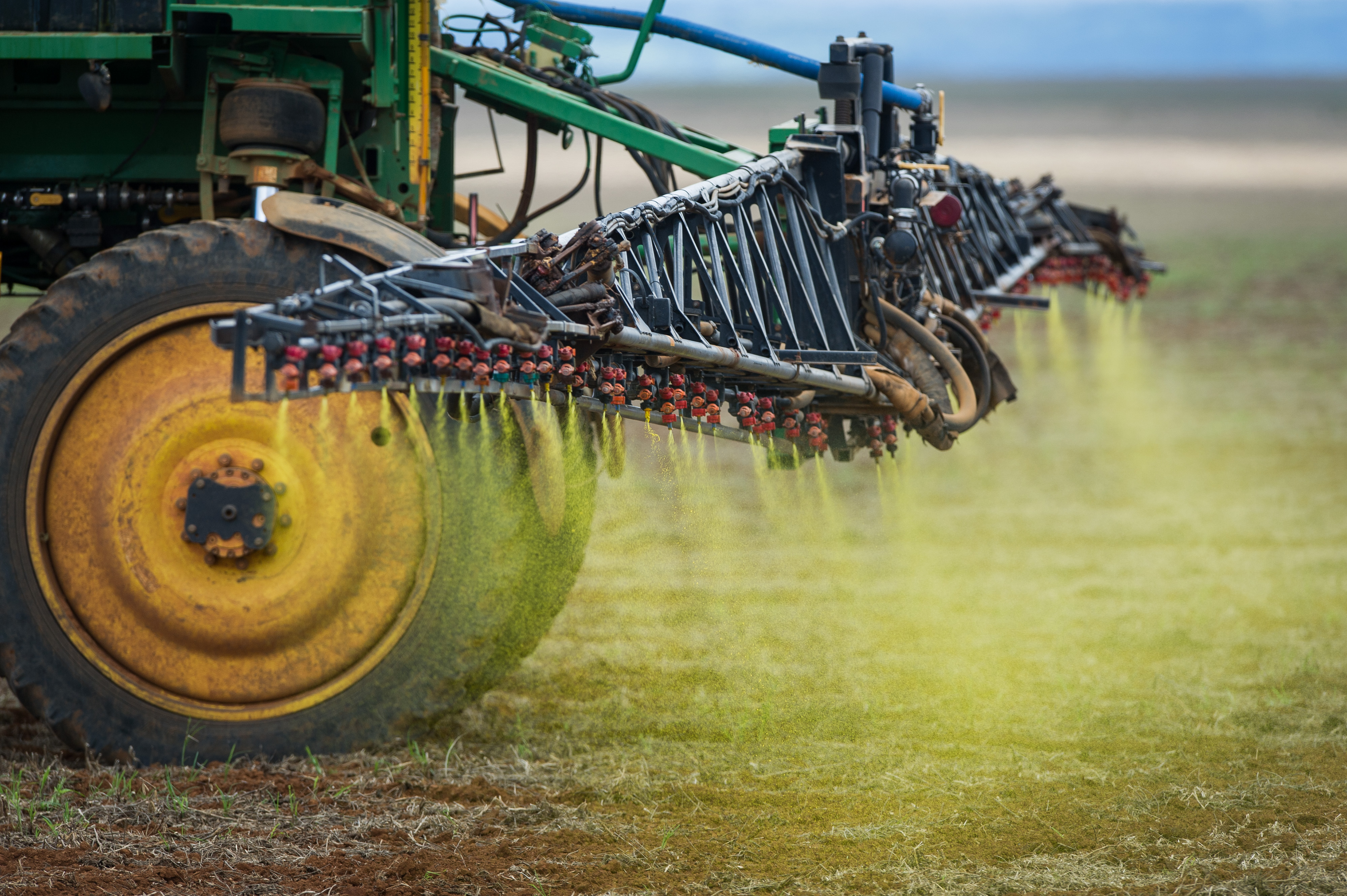Global Capitalism Is Destroying Habitats for Rare Species in Brazil, Study Shows

Credit to Author: Maddie Bender| Date: Mon, 28 Oct 2019 19:47:37 +0000
International soybean markets are leading to the destruction of habitats of rare plants and animals in Brazil and putting species at risk, according to a new study. In addition to confirming that capitalism is truly the worst, the study provides a method for holding countries and companies accountable to zero deforestation policies.
Brazil’s Cerrado, a savanna that is home to 5% of the world’s plants and animals, has lost nearly half of its natural vegetation since the 1970s to cattle grazing and agricultural expansion. Now the world’s largest soybean producer and exporter, Brazil grows over half of its soybeans in the Cerrado.
As a study published on Monday in the journal PNAS shows, all of this agricultural development encroaches on the land that animal and plant species have to thrive on.
“Often we talk about deforestation and carbon emissions, and they’re so ethereal,” said Paz Durán, a co-author of the study and a postdoctoral researcher at the Institute of Ecology and Biodiversity in Chile. “One role of the [study’s] metric is to translate deforestation into something else, which in this case is the risk of losing beautiful species.”
The species at risk of losing their natural habitats include the Cerrado’s “Big Five": the maned wolf, giant anteater, giant armadillo, tapir, and jaguar, as well as over 4,800 species of plants and animals found nowhere else. Habitat loss affected some species’ ability to persist more than others, according to the study. The range of the maned wolf, for example, was not affected as heavily as that of the giant anteater, which has lost around 40% of its natural habitat in the Cerrado since the preindustrial era.
Researchers connected two sets of models—one linking habitat loss to implications for biodiversity, the other tying soy trading companies to deforestation in Brazil—to measure individual countries’ and companies’ impacts on plants and animals in the Cerrado between 2000 and 2010. According to the World Wildlife Fund, 75% of the world’s soy is used as a source of protein in animal feed.
“There is a real naivete because [soy is] not like palm oil where you see it on a label—it’s in your beef, it’s in your sausages, it’s in your chicken,” said Jonathan Green, the first author of the study and a senior researcher at the Stockholm Environmental Institute’s center at the University of York.
And unlike palm oil, which directly threatens great apes, soy hasn’t been tied to the well-beings of similarly “charismatic” species, according to Green.
Habitat loss hit especially hard for endemic species that do not evoke the same level of sympathy as the Big Five, said Durán. Plants largely comprise these endemic species, but a notable animal is the fossorial giant rat, which is considered critically endangered .
The paper points out that many of the countries involved in the soy trade recently endorsed two separate declarations opposing deforestation, but the two countries the study found had the greatest relative impact on Cerrado biodiversity—China and Brazil—did not sign either declaration. Still, the authors hope that the fine-grain detail their study provides could help hold countries and companies accountable to their zero deforestation policies.
“We can now start helping companies to understand how they're doing against their commitments, and start to hold them to account,” Green said.
Even though the study's data isn't necessarily new, the combination of models used “paint the problem in brighter colors” and highlight the plant and animal species facing habitat loss in the Cerrado, said co-author Toby Gardner, a senior research fellow at the Stockholm Environmental Institute.
Green said that there is a chance that highlighting habitat destruction in the Cerrado will only shift soy production to other, equally fragile regions in South America. “You shine a light on it, and then the rats will scurry to the dark,” he said.
As for what average people can do to help, Green said that consumers may want to pay more attention to the meat they consume and whether the animals have been fed with soy. However, consumers shouldn’t be wholly responsible for a problem that traders and the meat industry have created, Gardner added.
“I wouldn’t argue that everyone has to go vegan or vegetarian, but I would say that a lot of us can do a lot better,” Green said, adding that he has cut back on eating meat since he started researching sustainability.
Other changes may happen at the level of soy farmers. According to Gardner, a coalition of producers, companies, and NGOs called the Cerrado Working Group is about to implement a proposal that will compensate Brazilian soy farmers for preserving endemic plants on their farms.
This article originally appeared on VICE US.